

 STUART JORDAN looks at the narrow gauge railways used to supply the front lines, and the stock available to model them.
STUART JORDAN looks at the narrow gauge railways used to supply the front lines, and the stock available to model them.
World War One saw the advent of trench warfare - two front lines, dug in with artillery support. There was little or no movement for long periods, but large numbers of soldiers holding these positions constantly requiring supplies, food, and ammunition. The wounded would also need to be removed from the front. With much of the local infrastructure destroyed, all sides looked to railways to keep their trenches supplied.
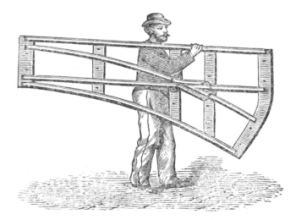
Generally these track systems were prefabricated and portable - The French Decauville system (first produced in the mid-1850s) had a 600mm gauge, and was used by the French Army, the British War Department Light Railways, and the United States Transportation Corps. The pre-fab track could be easily laid by unskilled workers over the rough terrain.
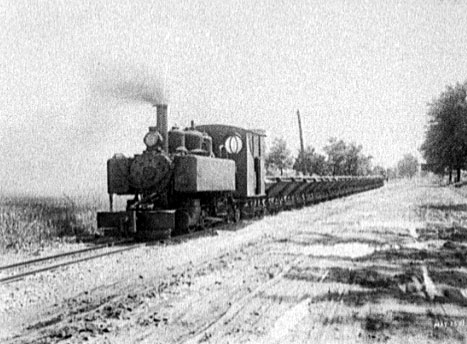
One of the Baldwin 2-6-2T locomotives built for war work, shown in service after the First World War.
As well as French designed locomotives such as the 0-4-4-0T Pechot-Bourdon and the 0-6-0T Decauville Progres, American locomotives from the Baldwin Locomotive Works were also put to use. However, smoke from steam train chimneys could give away their position so horses were still extensively used during the daytime. One startling fact about World War One is that fodder for horses was the largest export from Britain to France during the war.
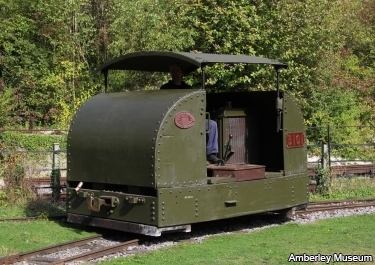
The Armoured Simplex in the collection at Amberley Museum.
To get around the problem of not being able to use steam locomotives during the daytime British engineers developed petrol tractors, which were built at several different works. Steam was not abandoned totally however, with Hunslet providing seventy-five 4-6-0T locomotives to the war effort. Probably the most famous British trench locomotive of the war is the armoured version of Motor Rail's Simplex. Over nine hundred of these petrol locomotives were delivered to the War Department, with their armour-plated roofs providing protection for the crew.
Germany also produced a prefabricated track system called Feldbahn which was, like Decauville, 600mm gauge. With German withdrawls towards the end of the war the Feldbahn became more intrinsicly linked with existing railways. The Zwillinge locomotive (designed by Krauss to operate in pairs) was used, but by far the most widespread German narrow gauge locomotive of the war was the Brigadelok. This 0-8-0 design was already the military standard locomotive in 1901, but an additional two thousand were produced during the war. Much like the large number of armoured Simplexs that survived the war, many Brigadeloks went on to extensive post-war use in a civilian capacity.
Trench Railways also saw use on the Russian Front, where Russia used a mix of the French 600mm Decauville system and their own 750mm narrow gauge. Locomotives also came from abroad and domestic manufacturers, with ALCO and Baldwin locomotives from the United States, and their own Kolomna Locomotive Works.
With the upcoming 100th Anniversary of the signing of the Armistice in November 2018, trench railways have become more prevalent and relevant to modellers. Layouts modelling trench railways are seen more often at model railway shows and are even finding national exposure on The Great Model Railway Challenge.
Click image to view larger version.
The OO9 layout "Somewhere in France" built by Peter Capon featured at the recent Gaugemaster Model Railway Open Weekend.
Click image to view larger version.
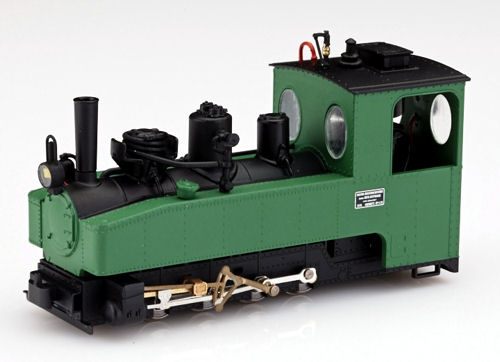
Minitrains Brigadelok Locomotive.
As for stock, Minitrains produce both the Decauville Progres and the Brigadelok in OO9. Bachmann and Minitrains both produce a Baldwin Locomotive in OO9 and HOe Scales respectively.
Click image to view larger version.
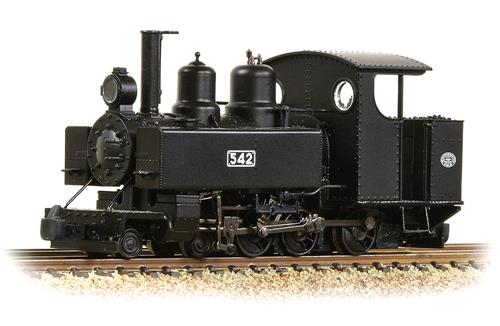
Bachmann Baldwin Locomotive 542 WW1 ROD Black.
Suitable rolling stock for all sides can be found in the Narrow Gauge ranges of Minitrains, Roco, and Bachmann.